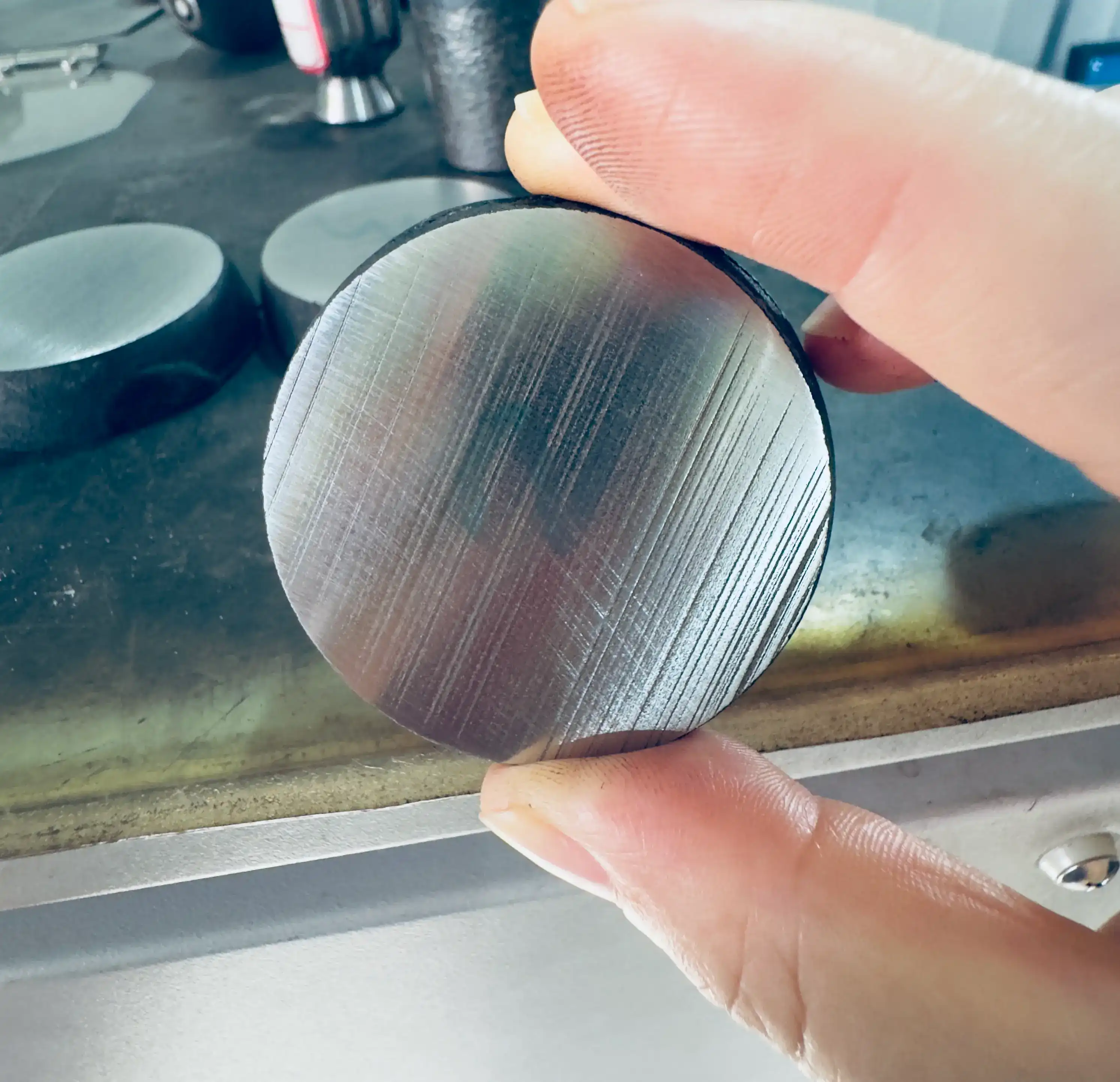What factors affect the wear resistance of chromium casting grinding balls?
2025-07-16 10:25:07
Chromium casting grinding balls play a crucial role in various industrial processes, particularly in the mining, cement, and power generation sectors. These specialized balls are designed to withstand the harsh conditions of grinding operations, where they're subjected to constant impact and abrasion. Understanding the factors that influence their wear resistance is essential for optimizing their performance and longevity. In this comprehensive guide, we'll explore the key elements that affect the durability of chromium casting grinding balls and how they contribute to their overall effectiveness.

The Composition and Microstructure of Chromium Casting Grinding Balls
The wear resistance of chromium casting grinding balls is heavily influenced by their chemical composition and microstructure. The addition of chromium to the alloy significantly enhances the ball's ability to withstand wear and tear. Chromium forms hard carbides within the metal matrix, which act as reinforcing particles, increasing the overall hardness and wear resistance of the grinding ball.
The percentage of chromium in the alloy is a critical factor. High-chrome grinding balls typically contain between 12% to 30% chromium, with higher percentages generally resulting in improved wear resistance. However, it's important to note that the optimal chromium content can vary depending on the specific application and grinding conditions.
Beyond chromium, other alloying elements such as carbon, manganese, and molybdenum also play significant roles in determining the wear resistance of the grinding balls. These elements contribute to the formation of complex carbides and influence the microstructure of the alloy, further enhancing its durability.
The cooling rate during the casting process is another crucial factor that affects the microstructure of the grinding balls. Rapid cooling can lead to the formation of finer grains and a more uniform distribution of carbides, which generally results in improved wear resistance. Manufacturers of chromium casting grinding balls often employ specialized heat treatment processes to optimize the microstructure and enhance the wear-resistant properties of their products.
The Impact of Operational Conditions on Wear Resistance
While the inherent properties of chromium casting grinding balls are fundamental to their wear resistance, the operational conditions in which they're used can significantly impact their performance and longevity. Several key factors come into play:
Grinding Mill Speed: The rotational speed of the grinding mill affects the impact force and frequency experienced by the grinding balls. Higher speeds can lead to increased wear rates, particularly if the speed exceeds the optimal range for the specific ball size and mill configuration.
Mill Load: The amount of material being processed in the mill, known as the mill load, influences the grinding efficiency and wear patterns of the balls. An overloaded mill can lead to increased ball-to-ball collisions, potentially accelerating wear, while an underloaded mill may not utilize the grinding media effectively.
Material Characteristics: The hardness, abrasiveness, and particle size of the material being ground significantly affect the wear rate of chromium casting grinding balls. Harder and more abrasive materials naturally cause more wear, necessitating the use of balls with higher wear resistance.
Grinding Media Size Distribution: The size distribution of the grinding balls within the mill can impact their wear patterns. A well-designed distribution ensures optimal grinding efficiency and more uniform wear across the media charge.
Slurry Density and Viscosity: In wet grinding applications, the characteristics of the slurry, including its density and viscosity, can affect the movement and impact forces of the grinding balls, influencing their wear rates.
Temperature: Elevated temperatures during the grinding process can affect the mechanical properties of the grinding balls and potentially accelerate wear, particularly if the temperature exceeds the design parameters of the alloy.
Quality Control and Manufacturing Processes
The wear resistance of chromium casting grinding balls is not solely determined by their composition and operational conditions; the quality control measures and manufacturing processes employed in their production play a significant role as well.
Casting Technique: The method used to cast the grinding balls can impact their internal structure and surface quality. Advanced casting techniques, such as centrifugal casting, can produce balls with more uniform composition and fewer defects, leading to improved wear resistance.
Heat Treatment: Proper heat treatment is crucial for developing the optimal microstructure in chromium casting grinding balls. Processes such as quenching and tempering can significantly enhance the hardness and wear resistance of the balls by promoting the formation of beneficial carbides and adjusting the matrix structure.
Surface Finishing: The surface quality of the grinding balls can affect their initial performance and wear patterns. Some manufacturers employ surface treatment processes to improve the balls' surface hardness and smoothness, which can contribute to better wear resistance, especially in the early stages of use.
Quality Control Measures: Rigorous quality control throughout the manufacturing process is essential for ensuring consistent wear resistance across batches of grinding balls. This includes careful control of raw material quality, monitoring of casting and heat treatment parameters, and thorough testing of the finished products.
Innovation in Alloy Design: Ongoing research and development in alloy compositions and manufacturing techniques continue to push the boundaries of wear resistance in chromium casting grinding balls. Some manufacturers are exploring novel alloy formulations or multi-layer designs to further enhance the durability and performance of their products.
Conclusion
Understanding these factors that affect the wear resistance of chromium casting grinding balls is crucial for both manufacturers and end-users in optimizing grinding operations. By carefully considering the material composition, operational conditions, and manufacturing processes, it's possible to select and utilize grinding media that offers superior wear resistance and longevity, ultimately improving the efficiency and cost-effectiveness of grinding operations across various industries.
For those seeking high-quality chromium casting grinding balls that offer exceptional wear resistance and performance, NINGHU stands as a leading manufacturer with over three decades of experience in wear-resistant materials production. Our extensive range of casting grinding balls and cylpebs, available in various sizes and chromium contents, caters to diverse industrial needs, including cement production, metallurgical mining, and power generation. To learn more about our products and how they can enhance your grinding operations, please don't hesitate to contact us at sunnyqin@nhgrindingmedia.com.
References
1. Jianxun L., et al. "Microstructure and abrasive wear behavior of high chromium cast iron alloys." Wear, 2019.
2. Albertin E., et al. "Maximizing wear resistance of balls for grinding of coal." Wear, 2018.
3. Magdalena Perec. "Research on the impact of heat treatment parameters on the quality and wear resistance of cast high-chromium grinding media." Archives of Foundry Engineering, 2020.
4. Ping H., et al. "Effect of different manufacturing processes on the microstructure and wear resistance of high-chromium cast iron grinding balls." International Journal of Cast Metals Research, 2017.
5. Scandian C., et al. "Effect of molybdenum on the wear resistance of high-chromium white cast iron." Wear, 2015.








